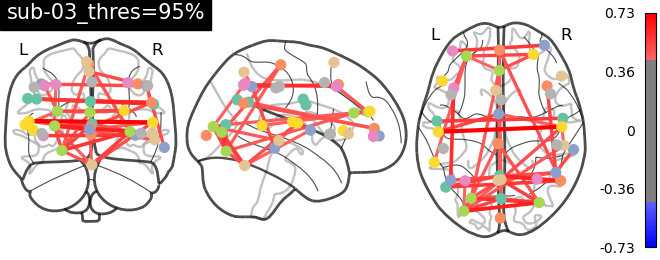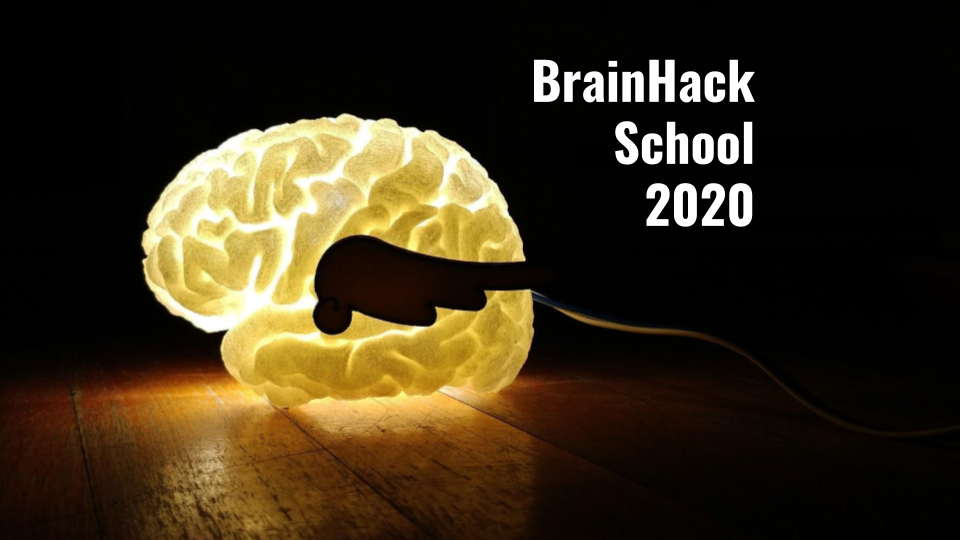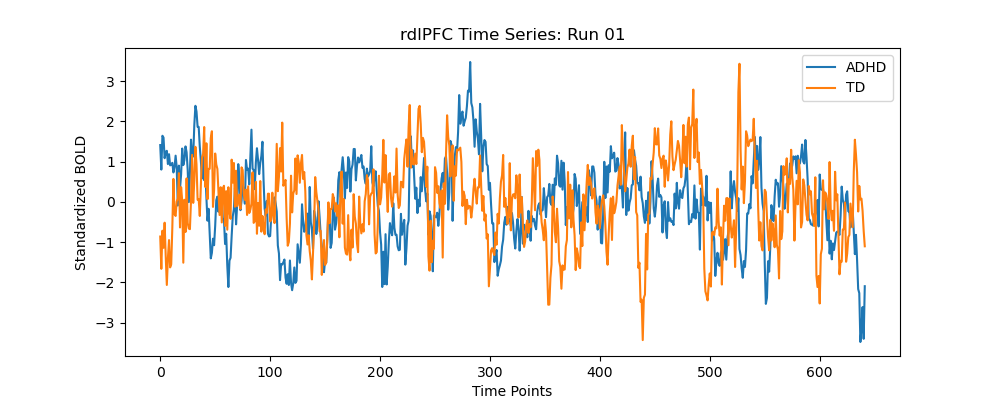
Working Memory in Children with and without ADHD
By Wei-Chen Chang, & Shan-San Huang
Published on May 21, 2023
May 21, 2023

Project definition
Background
Attention deficit hyperactivity disorder (ADHD) is characterized by inattention, impulsivity, and hyperactivity (American Psychiatric Association, 1994). ADHD is a relatively common disorder in children, but with high diagnostic heterogeneity (Hammer et al., 2015). In past researches, ADHD is found to associated with an impaired function of the frontal lobe (Rubia et al., 1999). Furthermore, researchers have found neuroimaging-based biomarkers of ADHD using MRI (Johnston et al., 2014; Lim et al.). Thus we want to use fMRI data from open source data to analyze the difference between ADHD and the healthy childrens.
Tools
The “ADHD” project would have two parts of analysis, behavioral data and funtional images.
datalad, which is used for download the dataset.- Some simpe
bashscripts used to fetch the data in interest.
For behavioral data analysis, the following tools was used:
pandasis used to cleaning and reconstructing the data.statsmodels.apiis used to perform statistical analysis (2-way ANOVA).matplotlibandSeabornare used to visualize the data.
And for fMRI data analysis, the following tools was used:
fmriprep, a python-based package is used to preprocessing the functional images.nilearn, which is used to visualize the brain images and analyze the connectivity
Data
The dataset is from OpenNeuro
Working Memory and Reward in Children with and without Attention Deficit Hyperactivity Disorder (ADHD), and is fetched using Datalad. The files structures is saved in data/ds002424/ which is connected to Github site of the original study.
Results
Deliverable 1: bash scripts
There’re 3 bash scripts helps to deal with the data, which are:
download_anat.shis used to get all the interested anatomical images in current project viadatalad.download_VLD_VLI.sh: is used to get all the interested functional images viadatalad.fmriprep_singSubj.sh: is used to perform the fMRI preprocessing for single subject viafmriprep-docker. This script is actually downloaded and modified from the Andy’s Brain Book’s tutorial.
Deliverable 2: behavioral data analysis
In the Behavioral_Analysis folder, there’re files including:
Behavioral_Analysis.ipynb: a jupyter notebook go through the behavioral data analysis we’ve performed.- Lots of
.csvs: the behavioral data used during analysis. - Lots of
.pngs: the results for statistical analysis and the visualization.
Deliverable 3: fMRI analysis results
In the fMRI_Analysis folder, there’re files including:
Analysis.ipynb: a jupyter notebook that go through the fMRI data analysis, including visualiztion, connectivity, and connectomes.result_figs/: A directory that stores all the result figures.
Conclusion and acknowledgement
In the beginning, we want to build a model to classify the ADHD and healthly controls using the machine learning technique. But the preprocessing of the fMRI data took longer than we expected. (We’ve spending loads of time dealing with countless problems, and eventually find out how to preprocess the fMRI data with fmriprep.
At that point, we’re running out of time, so we decided to look into the connectivity to see if there is any difference between the ADHD child and Healthy control. Also we have practiced our skills on drawing plots with Python, like using matplotlib and Seaborn.
For future, we could try out and apply machine learning technique on the dataset.
Thanks all the TAs and Teachers and students all contributing to Brainhack School!


